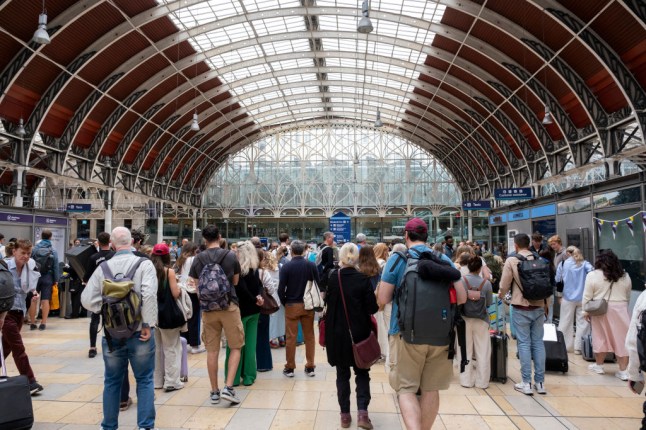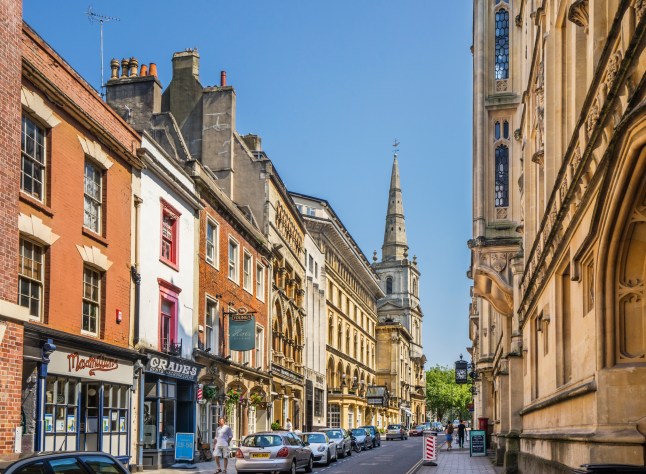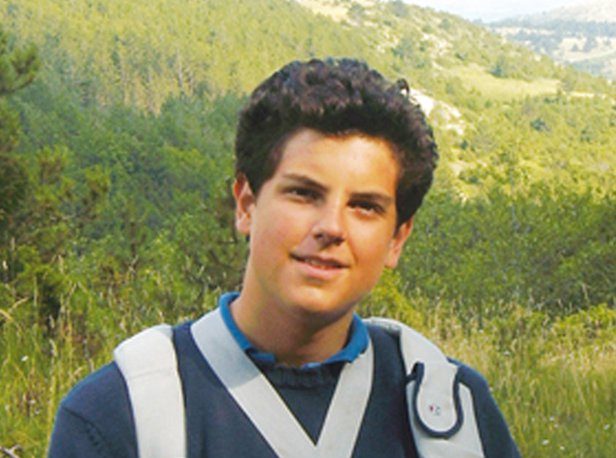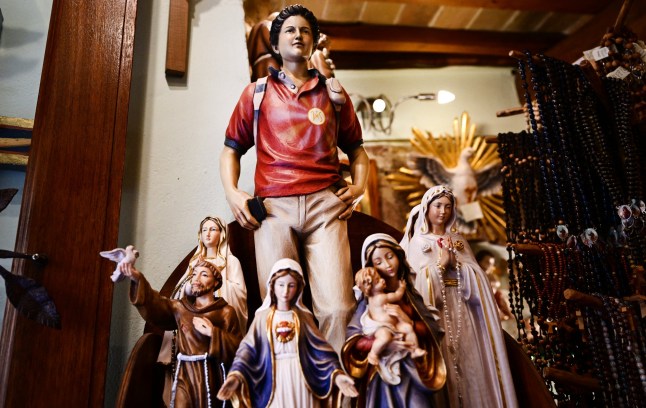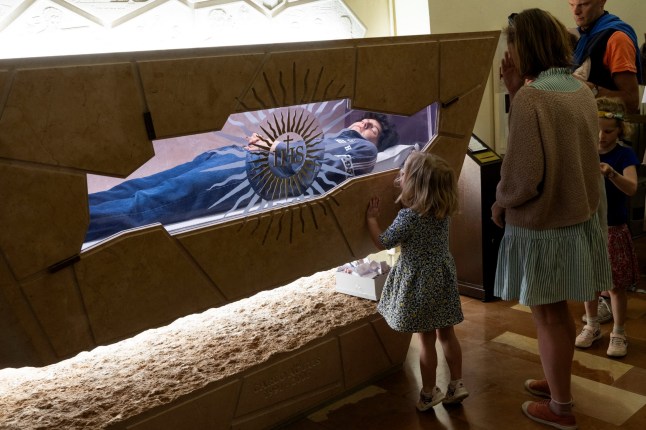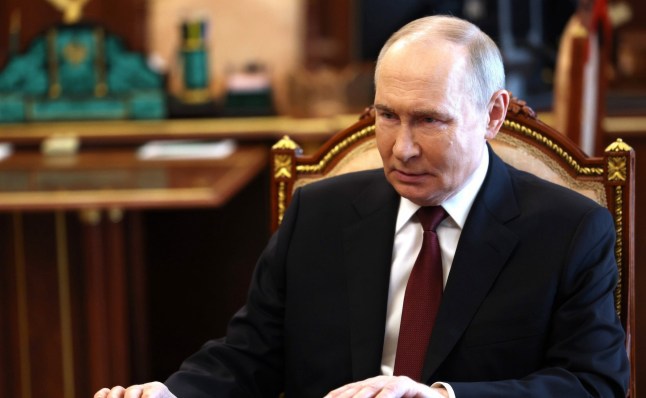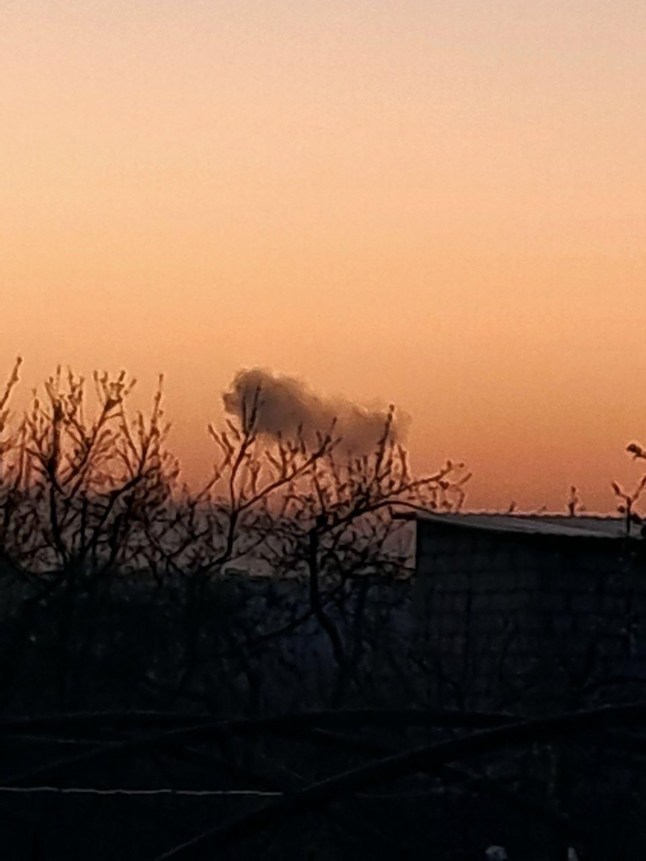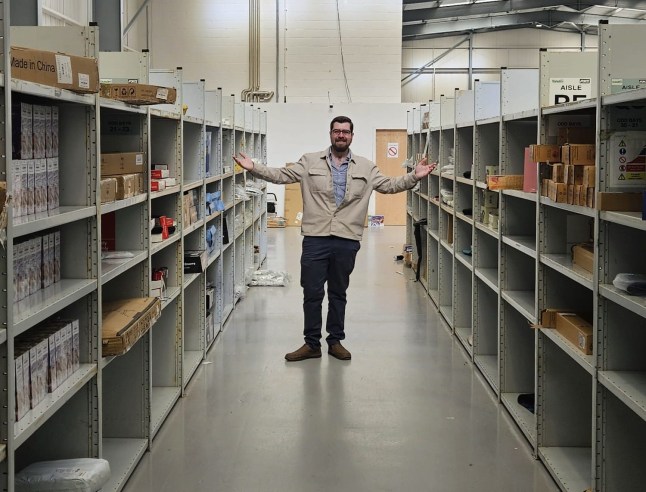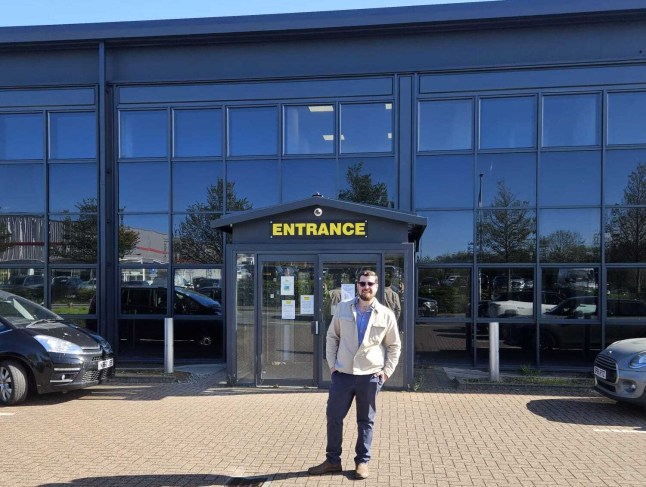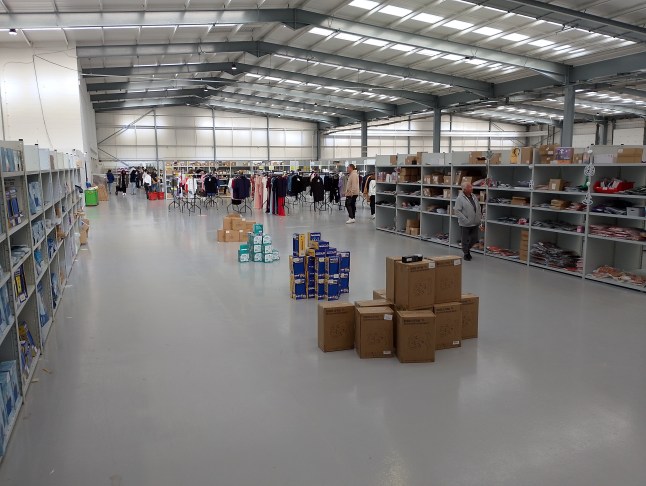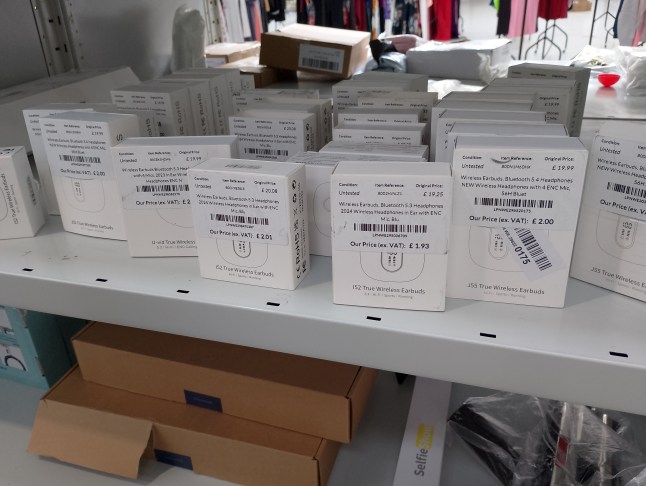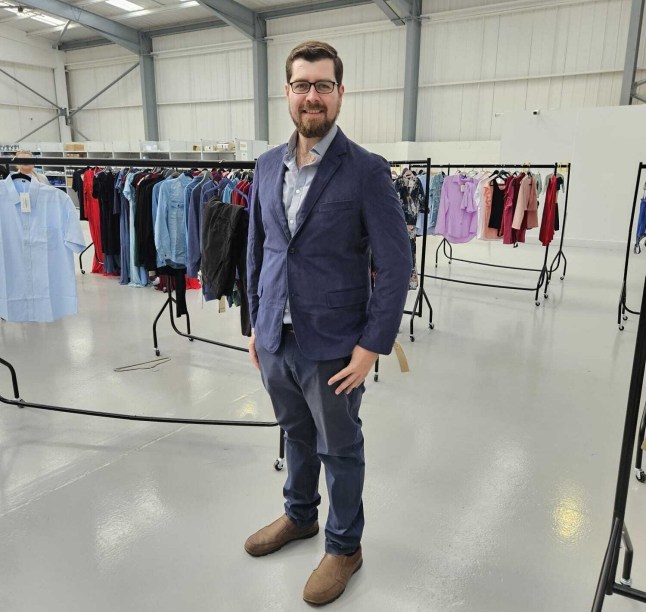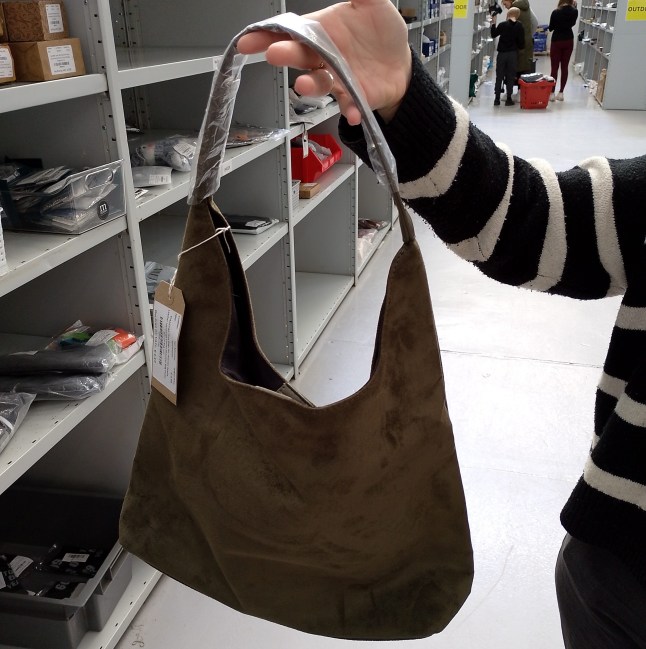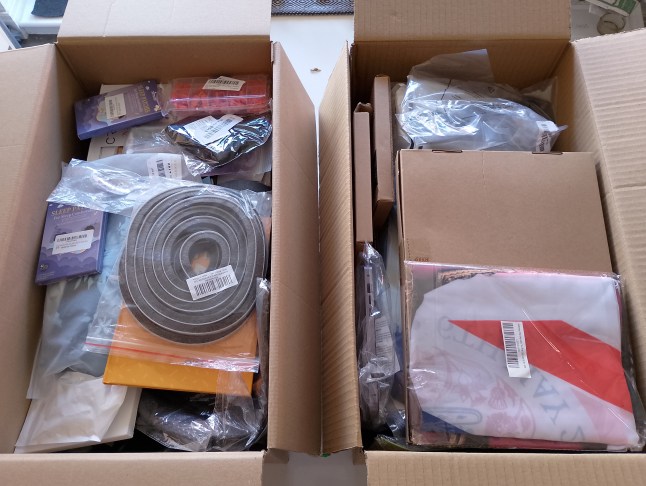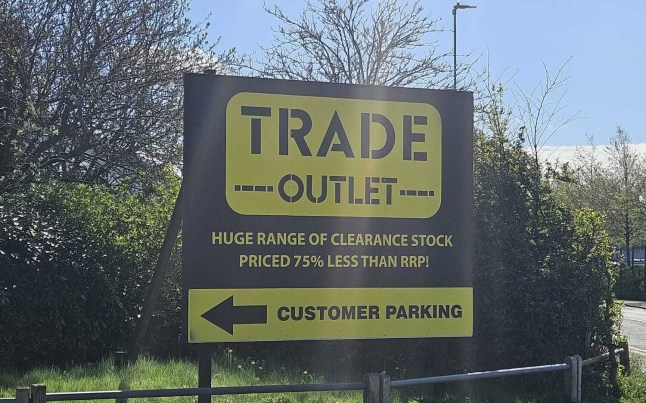Half of SA teachers want out because of violence, exhaustion
A new study has found that half of South Africa’s teachers are considering leaving the profession within the next decade, largely because of overwhelming workloads, excessive administrative tasks, threats of violence from students, and no mental health support.
Many educators say they are stretched far beyond their teaching duties, leaving little time for planning lessons or working meaningfully with learners.
The Teacher Preferences and Job Satisfaction in South Africa report, produced as part of Stellenbosch University’s Teacher Demographic Dividend Project, surveyed more than 1,580 teachers to gain deeper insights into their experiences, problems and motivations.
One of the findings is that 70% of teachers cite administrative duties as their primary source of stress, making it difficult to find time to properly plan lessons and have adequate time to support learners.
“While we don’t expect pre-retirement attrition rates to reach 50%, these findings highlight an urgent need to address teacher burnout and mental health,” the co-author of the report, Heleen Hofmeyr, told the Mail & Guardian.
“If we want to ensure quality education in South Africa, we need to invest in teacher well-being, training, and support.”
The study also found that teachers have strong geographic preferences. The Western Cape and Gauteng were the most desirable locations, while rural provinces such as Limpopo and the Eastern Cape are expected to face significant teacher shortages.
“Alarmingly, 40% of teachers stated that nothing would convince them to take a job in a rural area,” the report said.
Poor infrastructure as well as limited resources and career development opportunities deter many teachers from considering rural placements.
The advocacy group, Equal Education, found that in cases where teachers are willing to teach in rural areas or resource-constrained schools, their training does not prepare them to facilitate teaching and learning in such environments.
“This indirectly affects learning outcomes and not only jeopardises the quality of education but also undermines efforts towards achieving inclusive and equitable quality education for all,” said Equal Education researcher Kimberly Khumalo.
Another factor that contributed to low job satisfaction was violence perpetrated by learners against educators.
“This is an issue that is often overlooked in South Africa’s education crisis. While headlines often spotlight learner struggles, there is a growing threat of violence faced by teachers,” said Siboniso Mcobothi, an education researcher at Stellenbosch University.
Mcobothi researched attacks on teachers in the township areas of KwaZulu-Natal in districts such as Pinetown, Inanda, Ntuzuma and KwaMashu, where people are plagued by poverty and crime.
“These areas are crime hot spots,” Mcobothi said.
“Teachers find themselves caught in the crossfire, facing threats from learners who are often affiliated with gangs or exposed to violent environments.”
Research from the South African Human Rights Commission (SAHRC) states that teachers experience various forms of violence, including physical assaults, verbal abuse and non-verbal harassment.
The commission said it received a complaint from a teacher in Gauteng who recounted an incident where a learner physically attacked him using a chair and table.
The educator had repeatedly asked the learner — who was not part of the class and was causing a disturbance during an exam — to leave the room. The learner refused and instead attacked the teacher, causing serious injuries.
In other reported cases, learners were said to have snuck out of their hostels to consume alcohol or drugs, returning intoxicated and then verbally abusing and assaulting teachers.
A study by the University of Free State found that in Gauteng at least two in every 10 teachers encountered some form of violence, ranging from being sworn at to having objects thrown at them.
“The lack of support from school leadership further exacerbated the issue, leaving teachers feeling vulnerable and unsupported,” the research noted.
The Western Cape education department has also seen a surge in violence against educators. In the first quarter of 2023 alone, 23 staff members, including teachers and support staff, were assaulted by learners.
The South African Democratic Teachers’ Union (Sadtu) has expressed “deep concern” about the increasing number of incidents of violence in schools.
The union’s general secretary, Mugwena Maluleke, said schools are becoming dangerous environments for teachers and learners.
“As Sadtu, we called for the establishment of a dedicated police unit to address school violence and the provision of psycho-social services to support affected individuals,” he said.
In 2023, Sadtu’s Eastern Cape branch raised the alarm on school safety after three educators — including a school principal — were gunned down in the Lusikisiki area.
Although Sadtu did not provide evidence or explanations about why the union believed women teachers seemed to face greater disciplinary problems, it maintained that schools with a higher proportion of male educators experienced fewer such issues.

